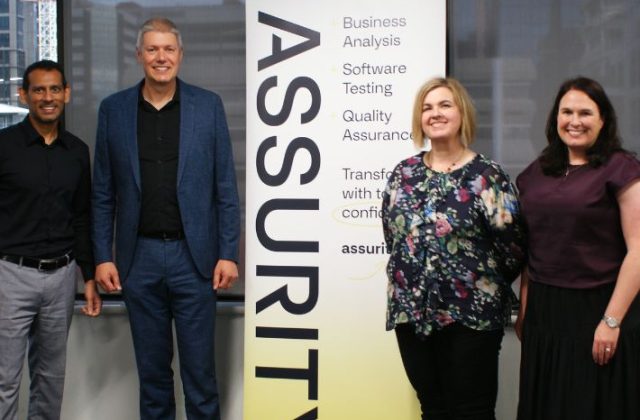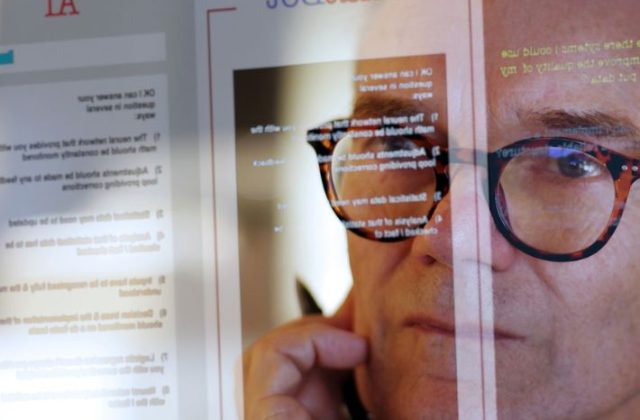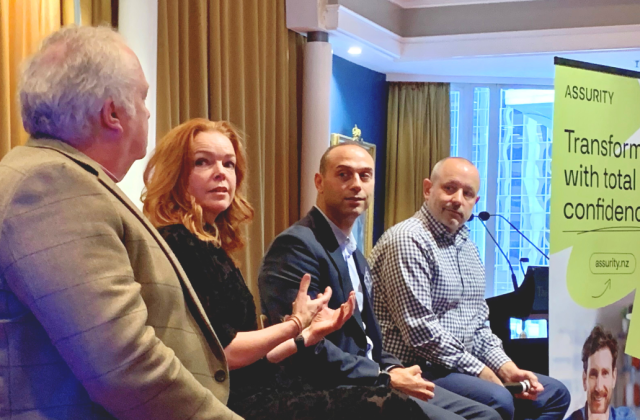Date: 04 October 2018
We’re experiencing exponential change in technology that’s enabling the disruption of traditionally ‘safe’ sectors such as hotels, banks, taxis, books, movies and music. Organisations know they need to become more adaptable in order to survive and thrive in this environment.
Adopting an Agile mindset and practices in IT is one example of how organisations are changing to achieve adaptability. Its success in delivering better value in that context has been noticed right across the business – so much so that Agile has now shifted outside IT with growing use of Agile in areas such as:
- Setting and implementing strategy
- Prioritising and delivering projects
- Marketing
- Finance
- Leadership
- Human Resources
Recognising ‘Business Agility’
These functions are all seeing the benefits that an Agile way of working can bring and many Agile associations and development bodies are now codifying frameworks for Agile outside of IT. The International Consortium for Agile (ICAgile), for example, has a formalised Business Agility track on its Agile roadmap that certifies practitioners in Business Agility, Agile Leadership, Agile Marketing, Agile Finance and Agile Talent (HR).
We need to speed up adoption across the business
I’ve been an Agile consultant and coach for eight years and I’ve witnessed the spread of Agile – but I think it’s been quite slow. Just as we had resistance to Agile from IT, there’s also now resistance to Agile outside of IT. Here’s one way we might solve that problem…
Let’s gain better traction for Business Agility by focusing adoption in HR. By its very nature, HR touches every aspect of an organisation and everyone in it. Any move to Agile for HR will be more far-reaching and challenging than for other functions.
Listen up HR! You can be the game-changer
Through HR, the changes Agile promotes and creates will be apparent throughout an organisation. At the very top, Business Agility addresses the way that change initiatives are conceived and prioritised. Gone are the days of large multi-million-dollar, multi-year projects. Instead, small, highly-focused projects, delivered using Agile, are becoming the norm.
The #noprojects approach goes even further, doing away with the concept of ‘projects’ entirely and creating a system that delivers a continuous flow of small pieces of value. New skills are needed to break down large pieces of work into small, discrete parts that deliver value and new approaches to prioritising work must be found.
At every working level of an organisation, Agile creates value by the establishment of small, stable, cross-functional teams that are self-organising and long-lasting. These teams need members who are engaged, who collaborate, are empowered to make decisions and hold themselves accountable for team outcomes. Getting these teams to a high-performing state is an enabler for success and requires skills in facilitation and specifically team coaching.
Changing behaviours in the middle layer
In the middle layers, where traditionally work is monitored and controlled, Agile has perhaps the most profound effect on managers and supervisors. Management behaviours that have always been valued now work against the concepts of empowerment and self-organisation. Servant leadership replaces command and control and coaching skills to teach and promote productive, healthy team dynamics are considered central to a managerial career.
Much of what HR does will have to evolve to:
- Organisational structure
- Decentralised decision making
- Recruiting
- Required skill sets of talent
- Performance appraisals
- Remuneration and bonuses
- Career progression
- Succession planning
- Learning and development
- Management and supervision
I’ve covered how you can get started on your Agile HR journey and begin to evolve in part two. In the meantime, I’ll leave you with this… I believe that the changes needed to become a more adaptable organisation are many, but embedding Agile across the business – Business Agility – is essential. And I think it can be led by a HR function that has succeeded in becoming truly Agile itself.
1 The New Rules of Talent Management, Peter Cappelli and Anna Tavis, Harvard Business Review, March 2018













